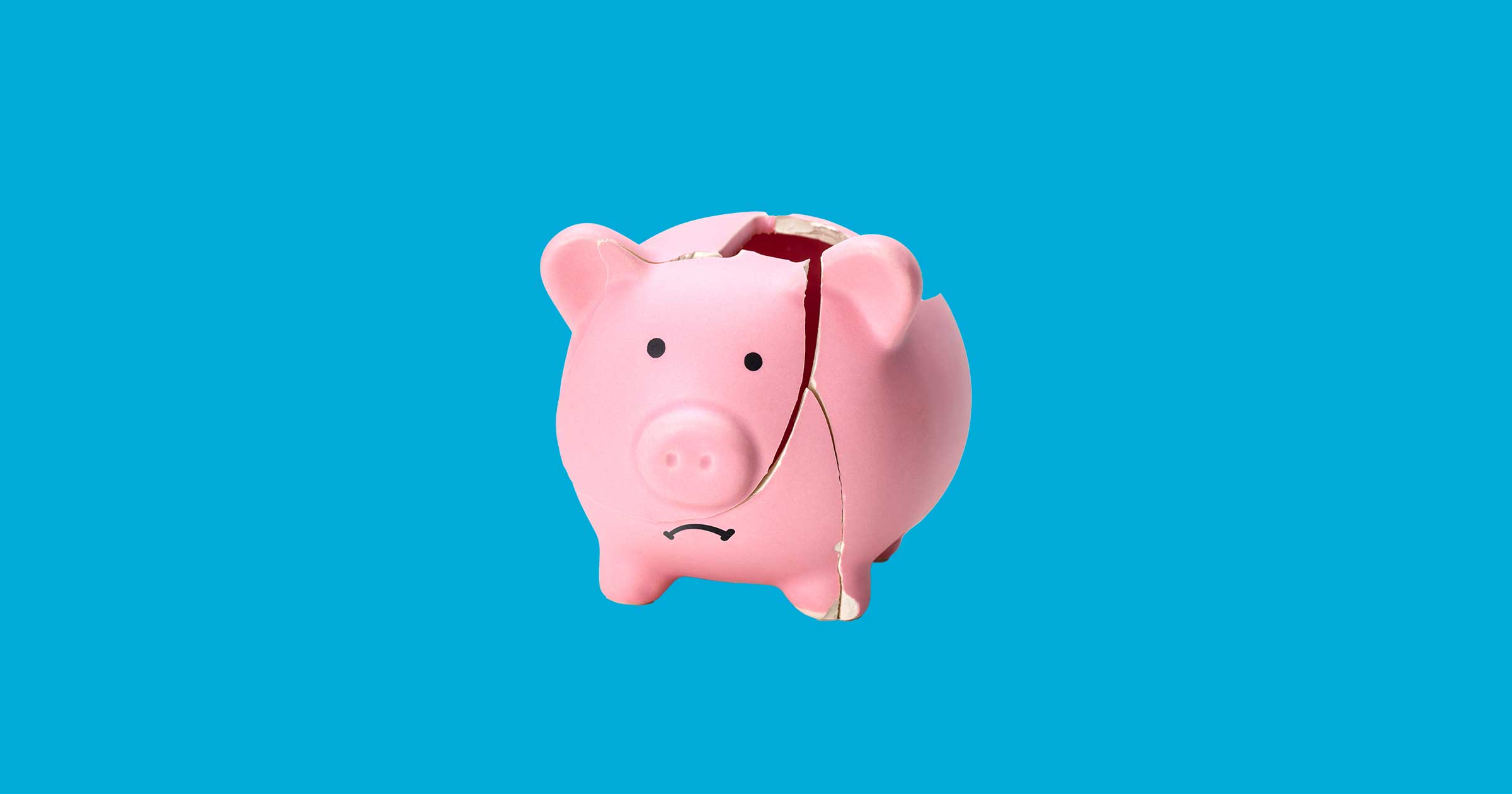An emergency fund is a great thing to have for both your peace of mind and for your future.
If things work out well for you, you’ll never need to take any of the money you put in it. In case something unexpected happens, however, you’ll have cash to help you deal with it.
You aren’t supposed to touch the amount in your emergency fund unless it’s absolutely necessary, but there are 2 signs that you need to tweak it. Keep reading to find out more.
Sign #1: You used a portion or all of it
If you’ve found a legitimate reason to use your emergency fund, you’re probably quite grateful that you put that money aside. This should also be more than enough cause for you to tune-up that fund.
Making replenishing your fund a financial priority is vital, because you never know when you might need cash again for another emergency. So, you should try to get this done before putting money in other things.
Should you focus on rebuilding your fund if it means that your investments and money goals will be impacted? This is a tough decision, and one that only you can make. Keep in mind though that if you hold off on filling up your emergency fund, your finances will be more vulnerable if another unexpected incident happens.
What if you want to keep investing while also remaking your fund? There’ll probably be an impact on both.
For the investments, it will be in the progress towards your money goal (so you might have to extend your time horizon). For the emergency fund, it will be in the time it takes for you to again have the complete amount.
Sign #2: It’s already obsolete
If you’ve had a big change in your living situation, you should consider doing an emergency fund tune-up even if you never used it. That’s because, while the money that you have in the fund may have been right before, the new developments may require a different amount.
This is most evident when your essential monthly expenses (which are the basis of how much your emergency fund should have) are higher than before. If you now have a child, for example, you’ll need to consider the cost of additional food and medical check-ups.
Don’t forget that inflation can have a big impact on your expenses too. If your living essentials such as rent and utilities are significantly more expensive than when you built your emergency fund, use the new figures to calculate how much you now need, and add the amount accordingly.
However, you may instead find that your emergency fund actually has more than you need in it. This could happen if your costs have gone down (for example, if you bought a house instead of renting a place).
While it might seem like there’s no such thing as having too much money in your fund, remember that the extra cash could be used for investing. This may allow it to grow at a faster rate than it would in your emergency fund, which you should be keeping in a place that is immediately accessible (at the expense of growth potential).

.jpg)
